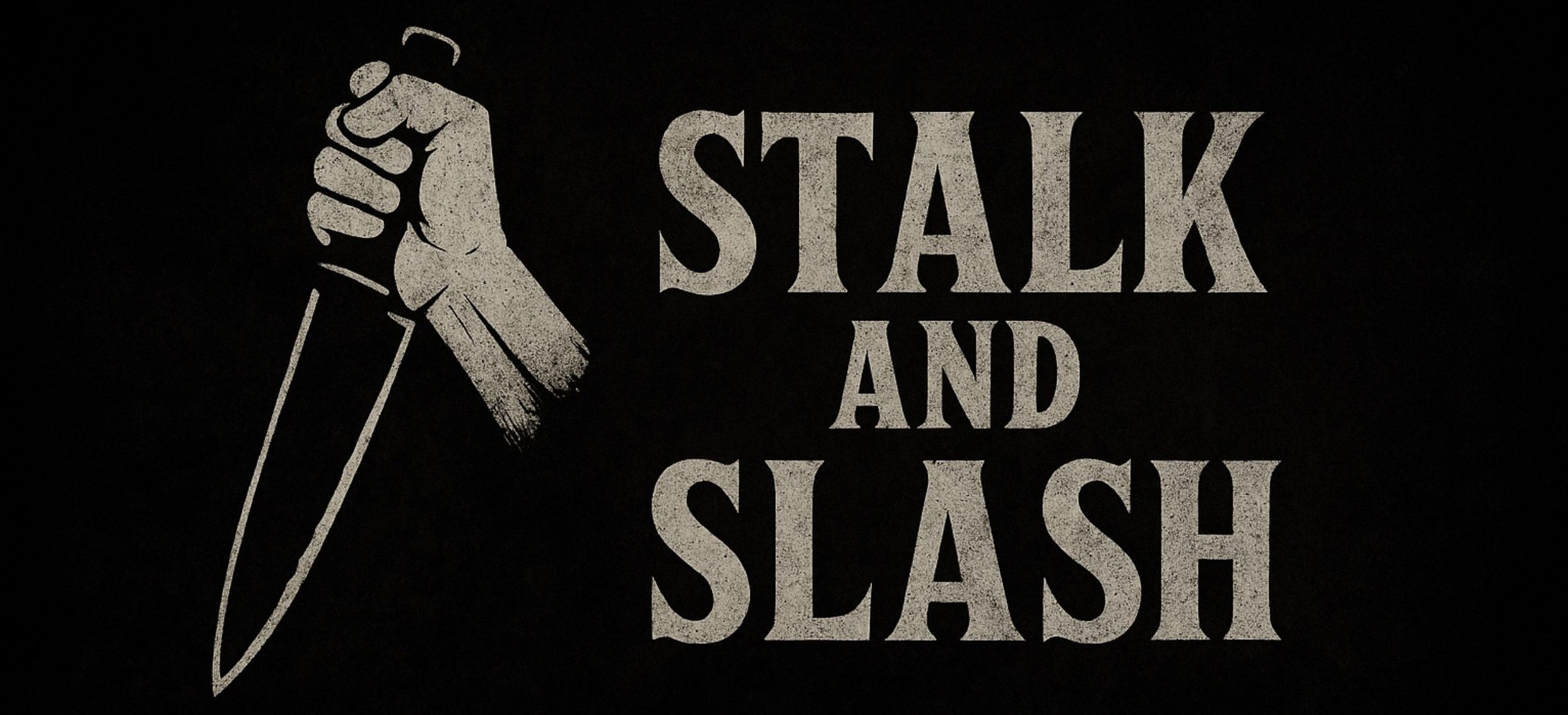
First Appearance: Ju-On: The Curse (2000, Japan)
Most Iconic Form: Pale, long-haired woman with broken movements and a death rattle
Kill Count: 30+ across multiple timelines and reboots — potentially infinite due to curse replication
Ju-On: The Curse (2000)
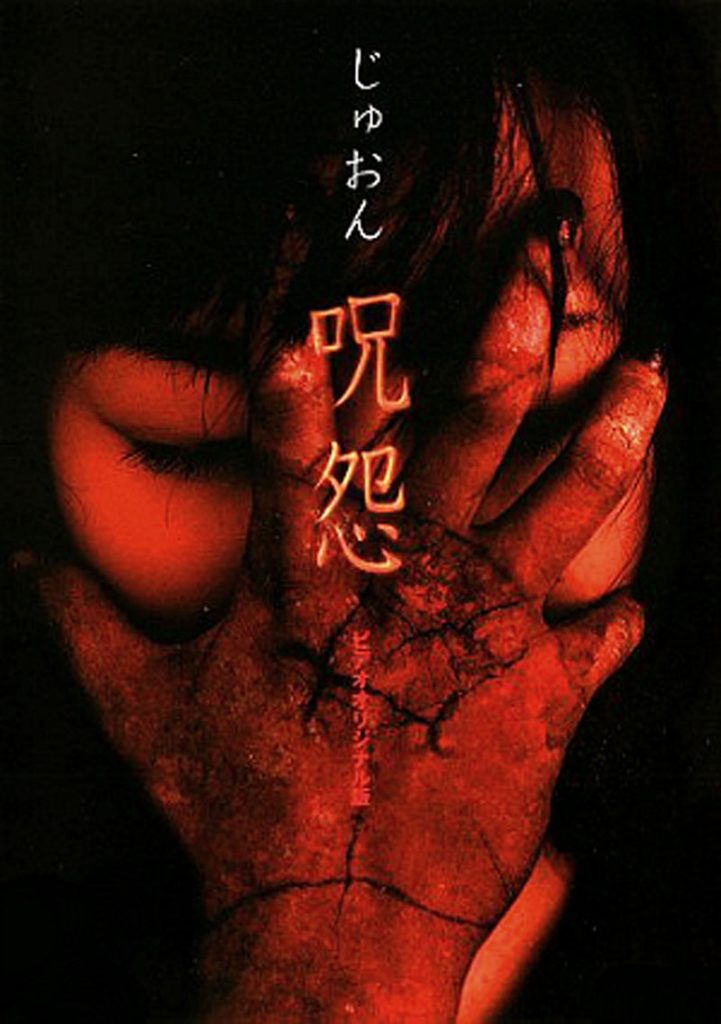
Directed by Takashi Shimizu, Ju-On: The Curse introduces the tragic backstory of Kayako Saeki — a housewife murdered by her jealous husband Takeo after he discovers her infatuation with another man. In his rage, Takeo breaks her neck, kills their young son Toshio, and even murders the family cat.
Their brutal deaths spawn a ju-on — a cursed energy born from intense rage and pain. Anyone who enters the Saeki home becomes infected and marked for death. Kayako begins manifesting in spectral form: crawling, croaking, watching. Her presence is not tethered to time or logic — it simply spreads.
This low-budget, nonlinear ghost story laid the foundation for a new kind of horror: quiet, atmospheric, and unstoppable.
Ju-On: The Grudge (2002)
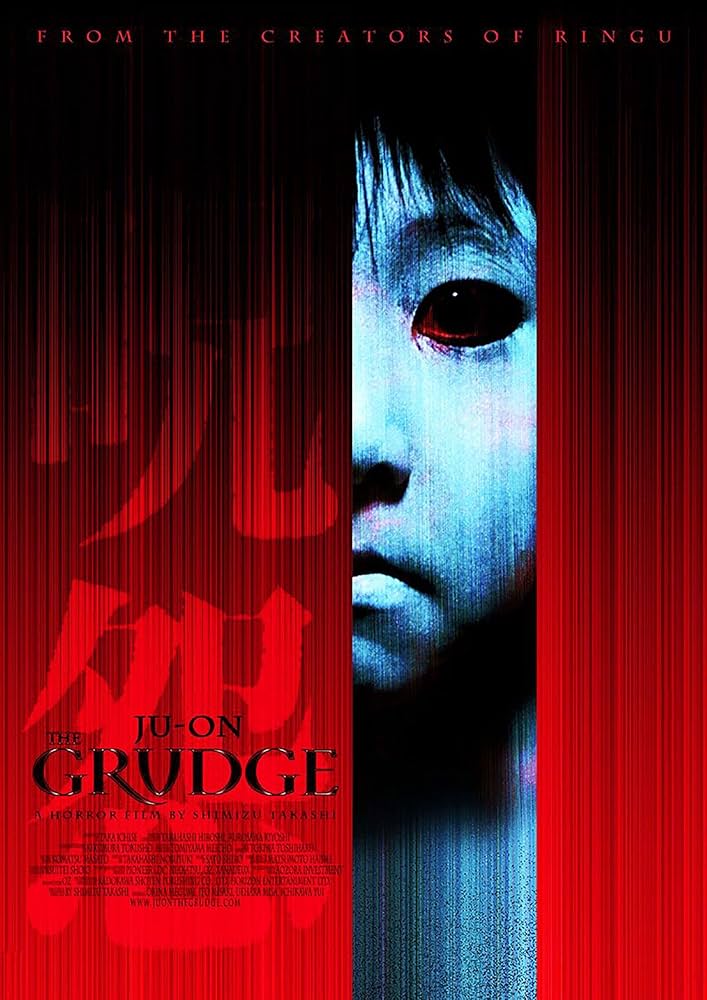
The theatrical remake expands on the curse’s reach. Directed again by Shimizu, the film retains the fragmented structure and now shows how Kayako’s curse follows victims beyond the house, infecting nurses, detectives, and families.
Kayako herself appears in shocking, iconic moments — emerging from under the bedsheets, crawling down the stairs with her jaw dislocated, and pulling people into her realm with a single touch. Toshio and the cat frequently appear alongside her, their presence heralding doom.
By this point, Kayako had become a horror icon in Japan, with her movements, voice, and image ingrained in the genre’s modern DNA.
The Grudge (2004)
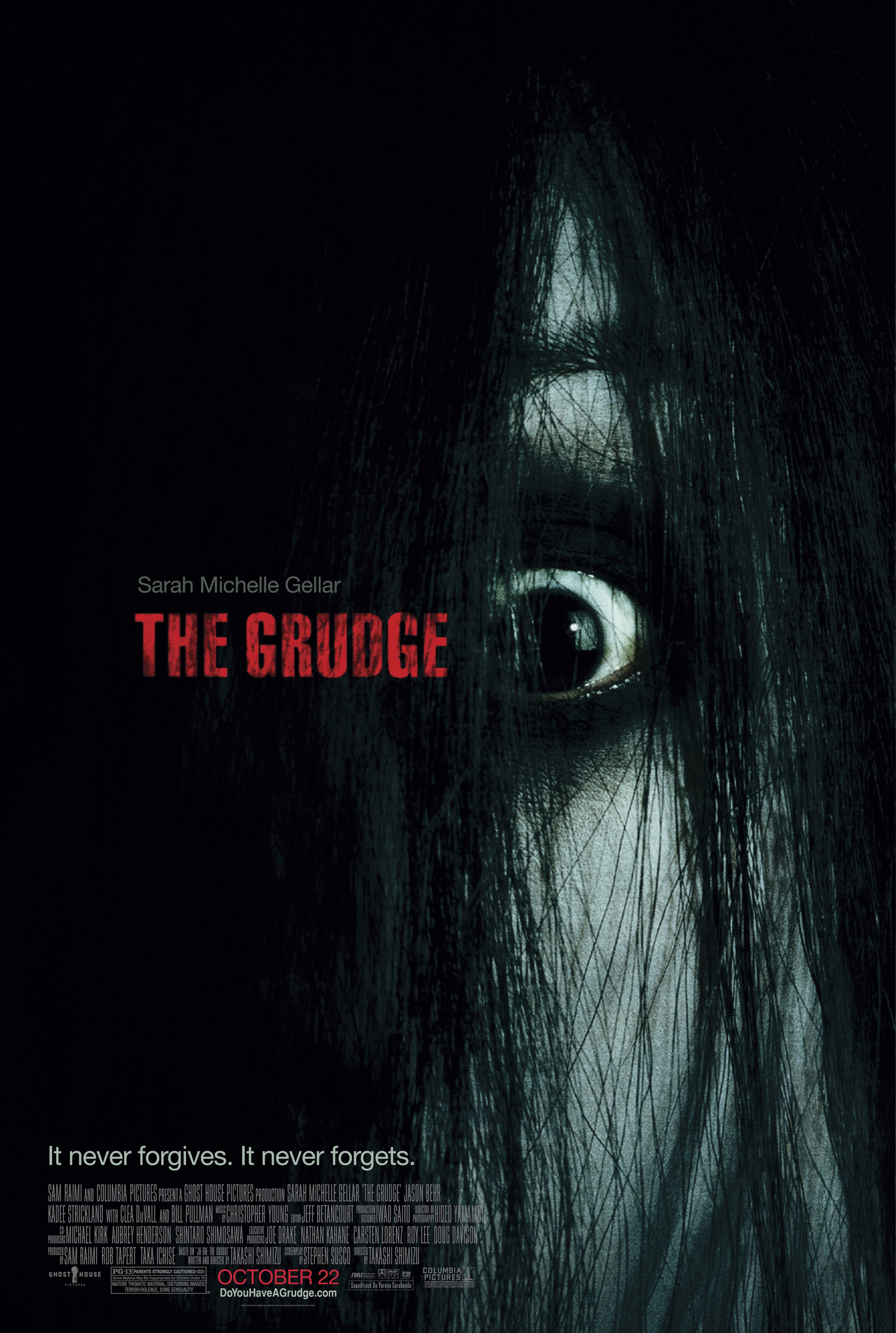
This Hollywood remake brought Kayako to Western audiences. While still set in Japan, and again directed by Shimizu, it stars Sarah Michelle Gellar as Karen, a social worker who discovers the curse while caring for an elderly woman in the Saeki home.
This version presents Kayako (played again by Takako Fuji) as more active and visible, featuring longer, more elaborate scare sequences. The infamous bed scene, security camera deaths, and mirror jump scares became staples of early 2000s horror.
The curse behaves like a virus — spreading to anyone who enters the house, sees the ghost, or even speaks of it. The American version made Kayako a global horror brand and launched two sequels.
The Grudge 2 (2006)
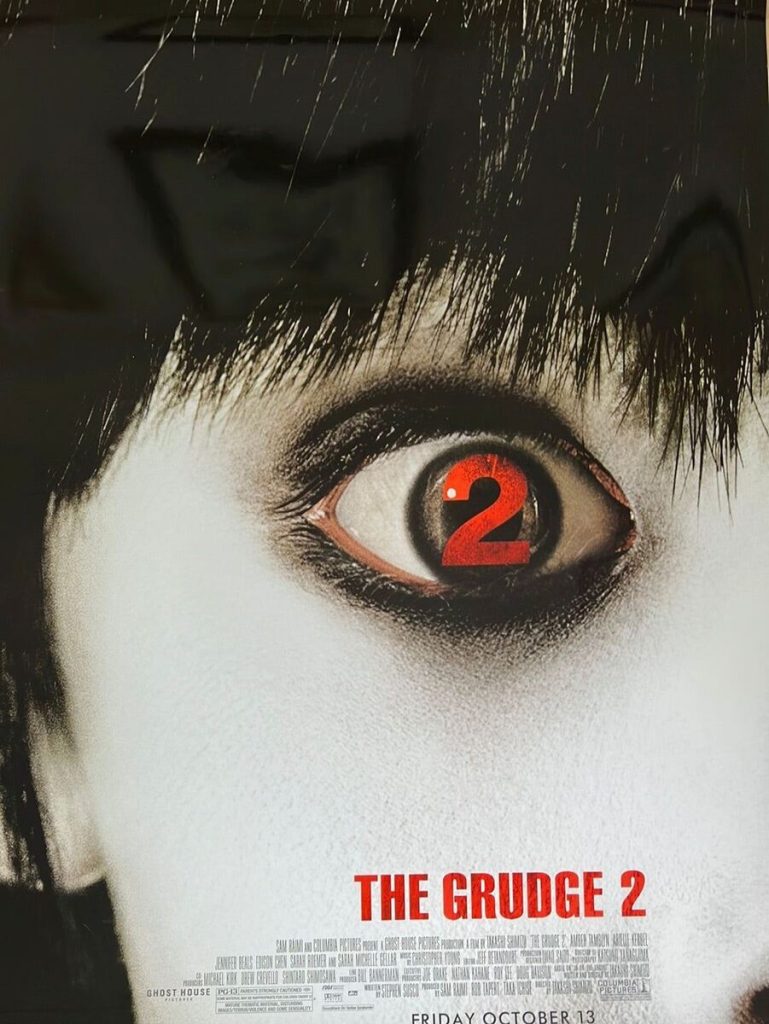
This sequel begins shortly after the first film, as Karen’s sister Aubrey (Amber Tamblyn) arrives in Tokyo to uncover what happened. We learn that Kayako’s curse has begun replicating itself, not just geographically but metaphysically — infecting entire buildings, videotapes, and people halfway across the world.
One of the film’s central segments follows a group of American schoolgirls who visit the cursed house. Kayako begins appearing to them in their own homes, dorms, and bathrooms, even after they leave Japan. Her presence is no longer tied to the house, a terrifying development that reframes the curse as global, viral, and inescapable.
The film includes some of Kayako’s most horrifying appearances:
- Materializing inside a mirror cabinet
- Appearing in a hoodie as a schoolgirl (an eerie evolution of her haunting style)
- Taking her time to torment victims over days rather than seconds
It ends with the idea that the curse has found a new epicenter and will continue to grow, suggesting that death is only one part of the punishment — the real torment is being watched, stalked, and broken before the end.
The Grudge 3 (2009)
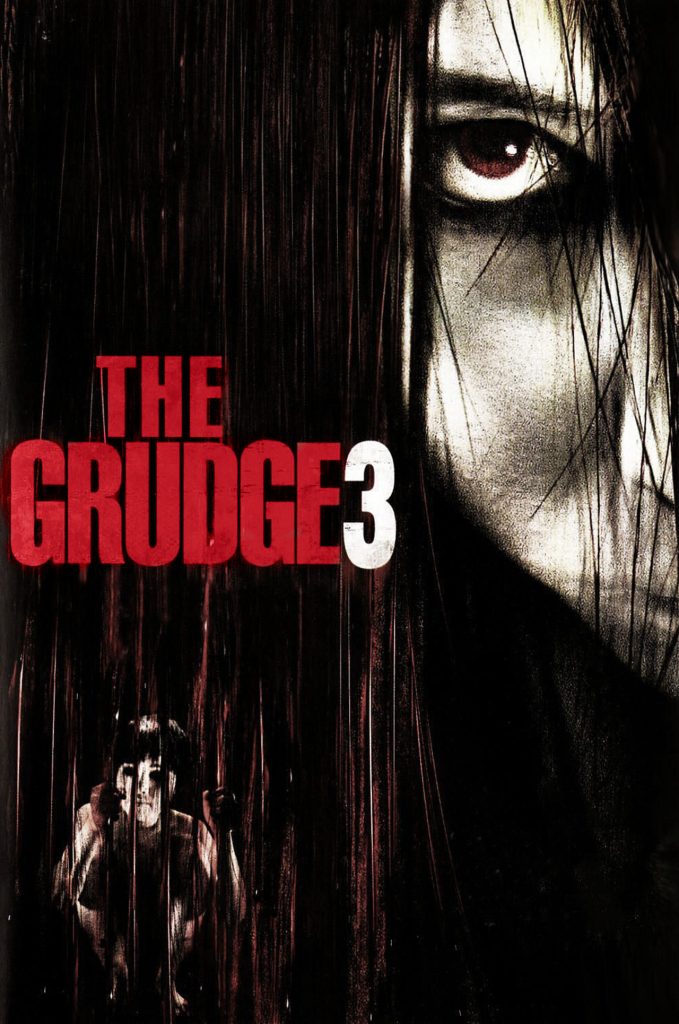
This direct-to-video sequel moves the curse to a Chicago apartment complex, following the events of The Grudge 2. A family living in the building begins experiencing strange noises, deaths, and visions of Kayako and Toshio. A young woman named Naoko — Kayako’s sister, trained in Japanese exorcism — arrives to try and end the curse once and for all.
The Grudge 3 is more intimate and traditional in structure, trading nonlinear storytelling for a straightforward haunting narrative. The visuals are more Americanized, but Kayako’s brutality is unchanged — her appearance becomes more physical, sometimes attacking with her hands rather than relying on atmospheric dread.
Notable moments include:
- Kayako emerging from a woman’s back
- A long hallway stalking scene echoing the original Ju-On tone
- Naoko’s attempt to perform an exorcism, which backfires disastrously
This film gives Kayako a deeper backstory and a family legacy, but the horror remains: there is no permanent way to kill a curse born from rage.
Ju-On: Origins (2020)
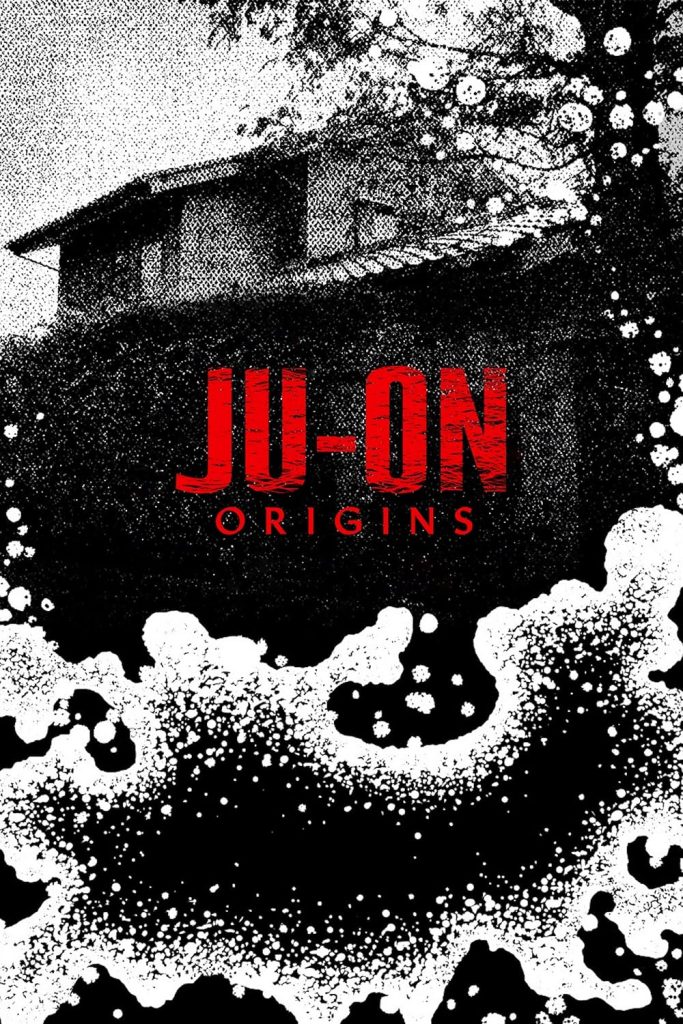
In this Netflix miniseries, Kayako is not featured directly, but her spiritual DNA runs through every frame. The show reframes the mythology as a more grounded and disturbing tale of generational trauma. The curse becomes a metaphor for abuse, guilt, and cycles of violence — passing from family to family, decade to decade.
Rather than jump scares, Origins focuses on emotional horror, showing how the curse warps reality, identity, and innocence. It doesn’t kill in a flash — it destroys slowly, painfully, without reason.
While Kayako herself is absent, the show reinforces her core theme: pain echoes, and some houses never forget.
Physiology & Behavior
- Kayako is a yūrei, a ghost born of intense suffering and rage
- Her death rattle is caused by a crushed windpipe — a chilling croak she emits constantly
- She moves with broken, jerking motions — arms twisted, body dragging
- Has the ability to manifest anywhere, not just the house: schools, apartments, hotels
- Often kills with a single touch, pulling victims into her dimension or replicating the curse
- Toshio and the cat act as sentinels — harbingers of Kayako’s arrival
- Unstoppable, unreasoning, and contagious — the curse spreads through sight, memory, and proximity
Cultural Impact
- A foundational icon of J-horror, alongside Sadako (Ringu)
- Known worldwide for her death rattle, staircase crawl, and pale, long-haired look
- Played by Takako Fuji in nearly every appearance until 2009 — a role as iconic as Robert Englund’s Freddy
- Referenced and parodied in Scary Movie 4, The Simpsons, The Ring vs. The Grudge, Dead by Daylight, and more
- A symbol of repressed trauma, helplessness, and cyclical horror — her curse never dies, it repeats
League Placement
Kayako Saeki belongs in the First Class Tier — not a killer in the traditional sense, but a psychic virus born from pain. She doesn’t chase — she waits. She doesn’t hate — she haunts. Her story is a cycle that began in death and will never end.
